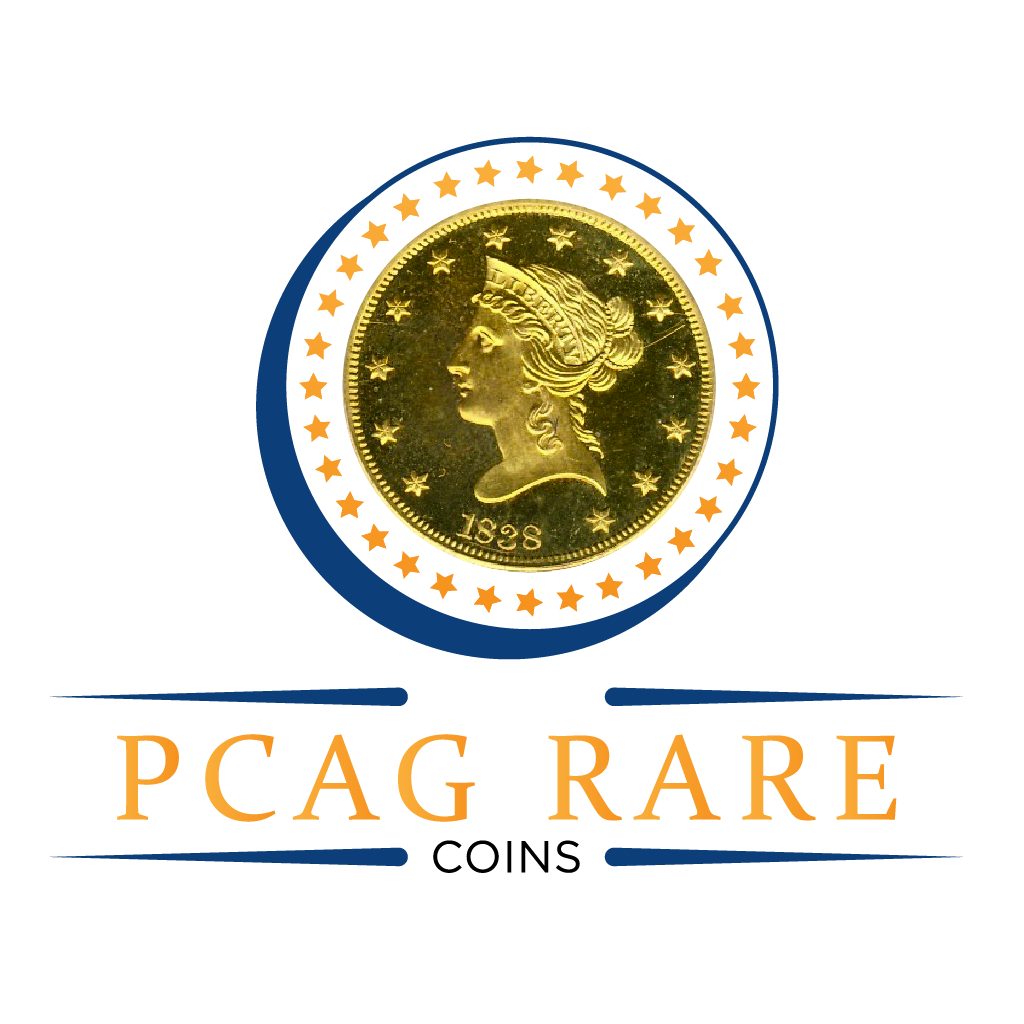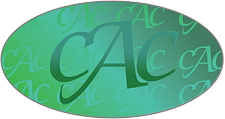There are three types of coins; Proof, Uncirculated and Circulated coins.
Proof
A proof coin differs from a circulation type coin in many ways. First of all, they were struck in very few numbers making them very rare and a great investment. Proofs were the first coins struck before they went into the circulation strikes. Upon approval of the Proof, circulation strikes began. The dies were polished along with the planchet and have mirrored fields and a very bold striking. Both Gold and Silver Proof coins are very sought after due to their rarity and beauty.
Uncirculated
A business strike or circulation strike are the same coins. These were coins struck in large quantities and meant for circulation. There are many rare investment circulation strike coins. One of which is the Ultra Rare 1927-D Twenty-Dollar gold piece. Mint State (MS) are circulation strikes that were never circulated and remained in bank bags secured in vaults.
Circulated
The term “Circulated” refers to coins that went out to the public and were used for legal tender. However, there are “ULTRA” Rarities that were circulated. Example: The 1822 “Half Eagle”, a circulated coin with a mintage of 17,795 coins. Only 3 known survivors exist with one in the Smithsonian, one in the Mint Cabinet Collection and one in a private collection. As the only known specimen in private hands, the coin is said to be worth in excess of $10,000,000. Because a coin is “Circulated” does mean it can’t be worth millions.


